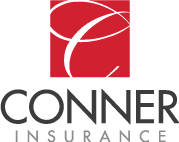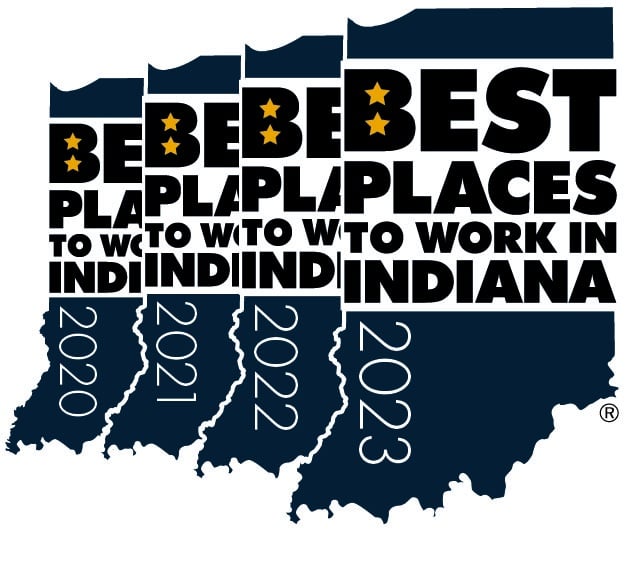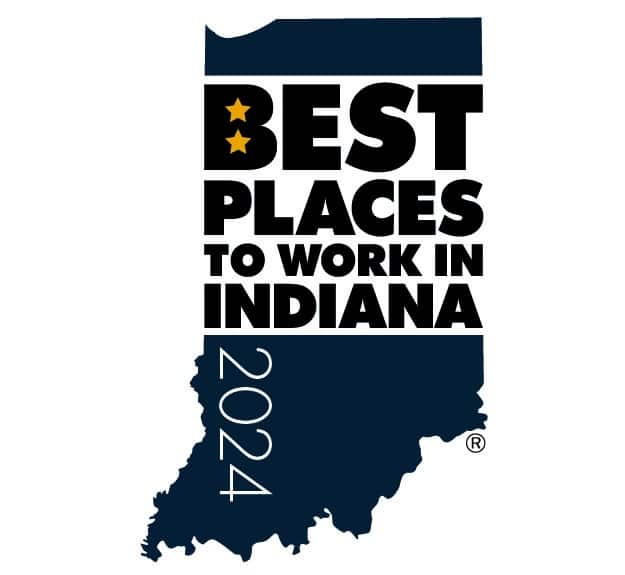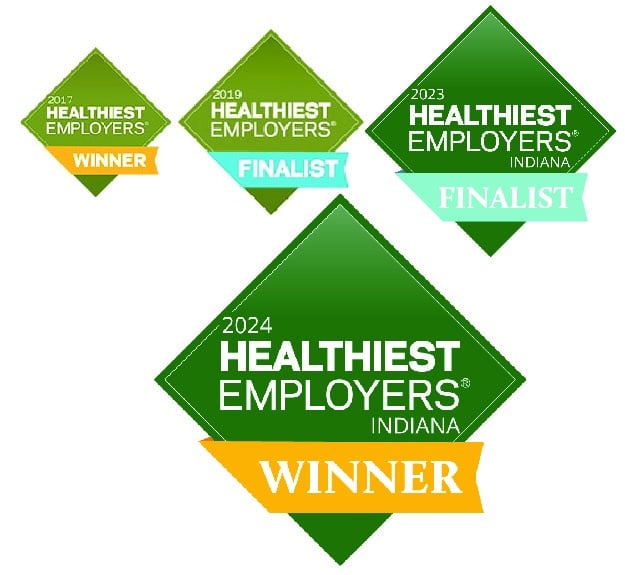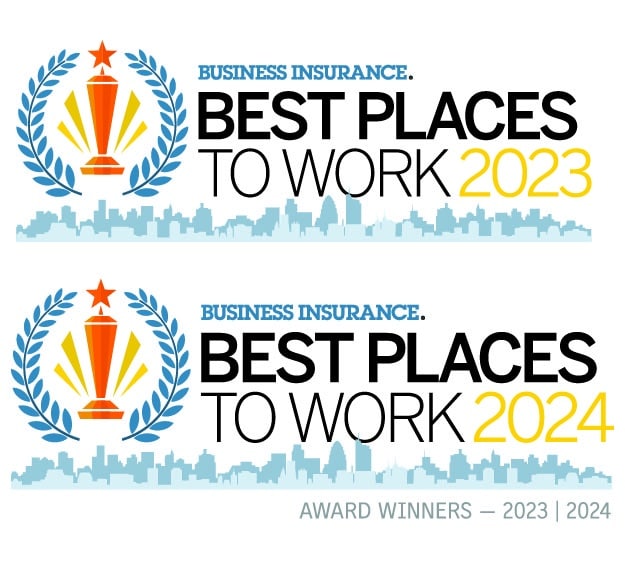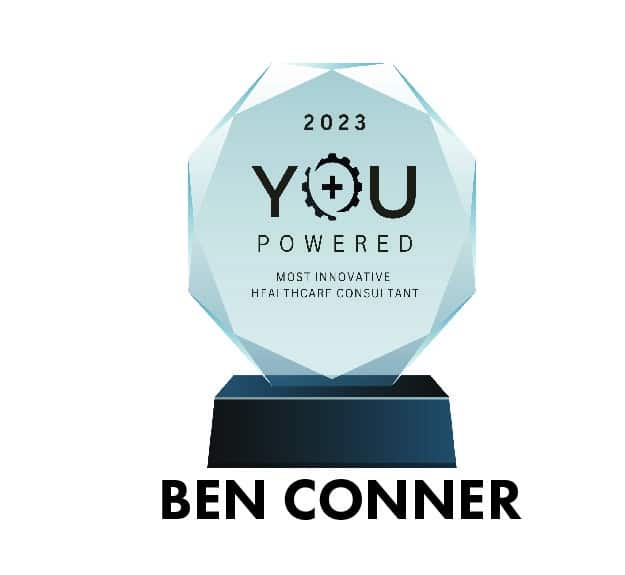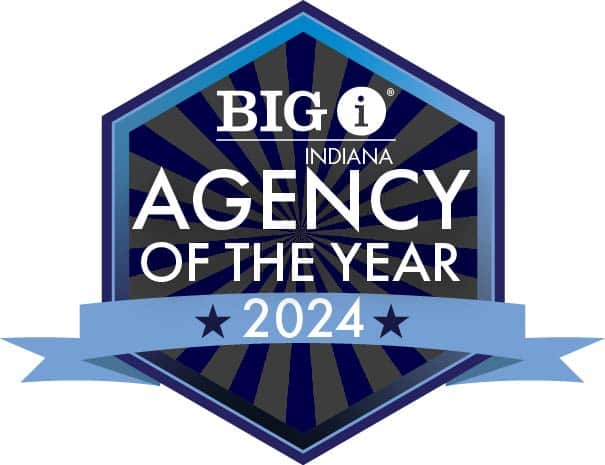The Hidden Cost of Last-Minute Benefits Decisions
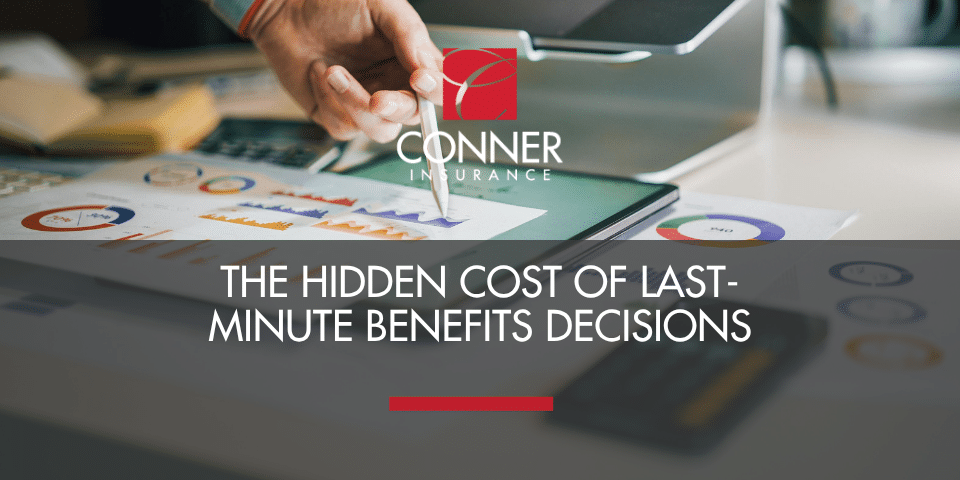
The Hidden Cost of Last-Minute Benefits Decisions. You wouldn’t wait for your car to break down before changing the oil, and an operations manager wouldn’t let a key piece of equipment grind to a halt before scheduling maintenance. Yet when it comes to employee benefits, many companies only start thinking about strategy once renewals begin—and a steep rate increase is on its way.
By then, options can be limited. Decisions can be made under pressure. And even the best-intentioned changes can feel rushed or unclear to employees. The result? Costs can be controlled temporarily, but other issues may be missed—things like employee engagement, plan alignment, or long-term sustainability.
The real opportunity to shape a better outcome starts much earlier.
Many employers reach out to their broker or consultant after a particularly tough renewal—higher premiums, reduced plan options, or growing employee dissatisfaction. This moment often marks a turning point—they know something needs to change, but taking that first step can feel overwhelming. With so many moving parts—budgets, employee expectations, compliance concerns—it’s easy to delay action in favor of what feels familiar, especially so close to a deadline.
The key is to start before renewal season—not when time is tight and options are limited.
Change doesn’t have to be disruptive.
Improving your benefits program doesn’t always mean making major changes. While some transition is involved when making changes to your benefits program, you can go at your own pace. With the help of a benefits consultant, you can create a strategic roadmap—one that prioritizes clear goals, addresses known challenges, and introduces improvements gradually. But you need to start today. Even small adjustments, made with enough time, can have a big impact.
Even when it’s the right move, making changes can feel disruptive. But, just as oil changes prevent engine failure over time and maintenance on machines reduces the cost of major repairs, assessing your benefits strategy before renewals can create time for meaningful, cost-effective and strategic changes.
The power of proactive planning.
A proactive approach can align your benefits program with your financial goals and culture or your organization, resulting in a program that truly supports your workforce and promotes long-term business success.
Forming a strong, ongoing relationship with a trusted benefits consultant can help.
When your consultant knows your plan design, understands your business culture, and—most importantly—has insight into your people’s needs, they can help you build a strategy that evolves with your company. Rather than reacting to each renewal cycle, you gain a partner who helps you plan ahead, identify opportunities, and create a benefits experience that works for your people and your bottom line.
Think of your benefits strategy the same way you’d think about maintaining a vehicle or keeping your production line running smoothly. The goal isn’t to react once something breaks—it’s to keep things running optimally with regular attention, the right tools, and expert guidance.
Don’t wait until renewal—start a conversation today.
The best time to rethink your approach isn’t at renewal. It’s right now.
Whether your next renewal is six weeks or six months away, you don’t have to wait to start building a stronger strategy. Use this time to step back, assess what’s working, and explore what could be better—with the support of a consultant who truly understands your business, your people, and your goals.
Let’s talk now, while there’s still time to shape a better outcome!
Is your renewal strategy helping or hurting your organization?
Many employers don’t realize how much opportunity they’re missing by waiting until the last minute to address their benefits strategy. This quick self-assessment will help you uncover whether you're taking the right steps early enough—or if you’re leaving money, engagement, and alignment on the table.
It only takes a few minutes, and your results will give you clarity on where you stand—and where you could improve.
